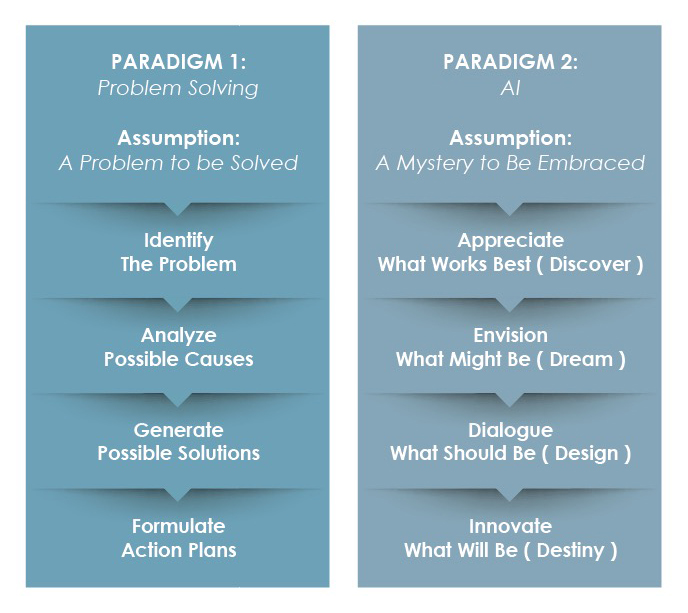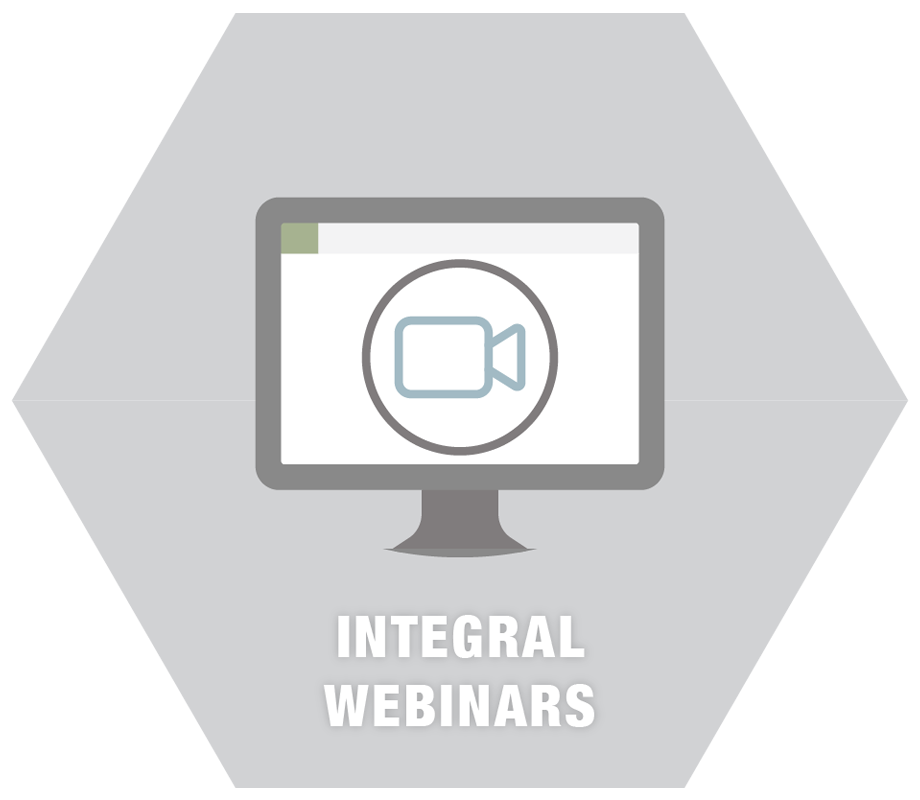Introduction
“Emotion”, “Change” and “Organization Development”: how do they relate to each other? To a certain extent, emotion plays a critical role in the process of change in organizations. They have impact towards the change regardless of whether they are positive or negative. For example, mergers among organizations are seen as difficult emotional experiences; they often create uncertainty, anxiety, insecurity, stress, and feelings of loss. Radical organizational change could therefore be a very emotive event. The more ongoing, multiple changes occur, the more negative emotions, such as, frustration and anxiety will be experienced. If the emotional experience of the change processes is stereotyped negatively as being irrational, the change process could be painful and cause strong resistance. From my years of experience in organization development, interventions during the change process tend to be carried out with big obstacles, when the impact of emotions has been underestimated. Leaders should understand emotions and engage both the heart and the mind of change efforts to succeed in organizational change. One of the most effective interventions is Appreciative Inquiry (AI).
AI Focuses on Positive Voices, Minds and Hearts
According to The International Association of Facilitators (IAF), “Appreciative Inquiry (AI) is a management philosophy and a methodology founded on the principle of esteem. The objective of the AI methodology is to identify those factors in a group which already work well or those factors in a whole organization which are working and the ways and means in which everyone can contribute to enhancing and maximizing these elements to produce additional benefits. With this fundamental approach, the group can realize its potential and highlight for everyone those successes and victories, thereby enabling complex development and change processes within large groups.” In a nutshell, AI focuses on positive voices rather than deficit problems in conversational processes, which offers new patterns of discoveries, encouragement, and support between individuals, teams, departments and the whole organization. AI shifts the assumption from “a problem to be solved” to “a mystery to be embraced” during the process of organization development.
Orgnization Development
 AI as a Large Group Intervention in Organization Development (OD)
AI as a Large Group Intervention in Organization Development (OD)
“Open books” is a common metaphor that commonly describes organizations “which are continuously in the process of being co-authored by organizational stakeholders.” As a socially constructive process, AI provides a real-time platform for a large group of organizational stakeholders to exchange ideas and feelings. The AI dialogic process creates an open environment for them to affirm each other’s ideas and emotions, share visions, and create a ground for collaborative exploration of what they dream to be the organizational future. The act of affirmation in the generative dialogue helps organizational members to appreciate and understand each other’s points of view, and co-create meaning from differences. Taking an appreciative view towards change, AI avoids dissatisfaction or disconfirmation feelings in the change process. Thus, AI effectively develops consensus on what organizational members want to commit.
Typically, in an organizational change process, a series of meetings adopting AI will be facilitated to collectively define where-to-be and how-to-get-there. The 4-phase AI intervention to drive the organizatonal cultural change is suggested.
Phase (1) – Discover (What Works Best). In order to learn what works best amongst different people, organizational leaders and members are invited to interview each other to share their past success stories. In groups, they identify what they value most in their organizations as the critical success factors to drive organization forward. They appreciate each others’ contributions, see diversities as strengths, discover what people value, and share best practices to identify opportunities.
Phase (2) – Dream (What Might Be). Based on the rich positive voices in the discovery phase, members build a common ground of possibilities towards the change. They develop a common vision to co-create the image of the change. They share dreams for work, relationships, behaviors, and values that best represent their desirable organizational future.
Phase (3) – Design (What Should Be). Members co-create the vision of change to challenge current assumptions or routines, to stretch the status quo, and brainstorm what attitudes, behaviors and circumstances should change in order to realize the dream.
Phase (4) – Destiny (What Will Be). The vision is ready to put into actions. Members dialogue to each other about their desire & commitment to the change. They list out those areas that can change now. They work out the plausible change roadmap or projects with time frames. They share how they make use of their strengths to contribute as individuals.
A successful organization development is about institutionalization and sustainability of their vision in the long run. Change is dynamic and cannot be completely predictable. Leaders play a significant role to keep the momentum and energy down the road, and particularly, to manage employee resistance to change. On top of AI intervention, I would also recommend an appreciative leadership approach to manage the change process. As an ongoing process to help employees adapt to the change, leaders should engage employees with positive conversations of possibility and opportunity with a focus on the best of the employees. Cross-level and cross-divisional processes as a whole system should be developed to invite all organizational members into regular dialogue. This ongoing leadership effort can achieve a higher level of commitment for change implementation.
Conclusions
Every change effort involves emotion; thus lasting large-scale change is only possible by aligning emotions. Many studies have shown that different organizational members are likely to experience change in a different manner to produce a different emotional experience. To plan successful change interventions, management should not only focus on negative feelings and experiences but also on positive ones. Adopting AI as a large group intervention offers the OD architect and facilitator a positive approach to drive organizational change. Acknowledging emotions is much better than keeping emotions down during change. Change is not necessarily a painful process. In this kind of setting, organizational members are engaged in positive and generative conversations, which encourage imagination, creation and movement in the direction of the shared vision of what could be and what should be.
Authored by:
Terence Chung, Principal Consultant, Integral Training & Consulting Ltd.





